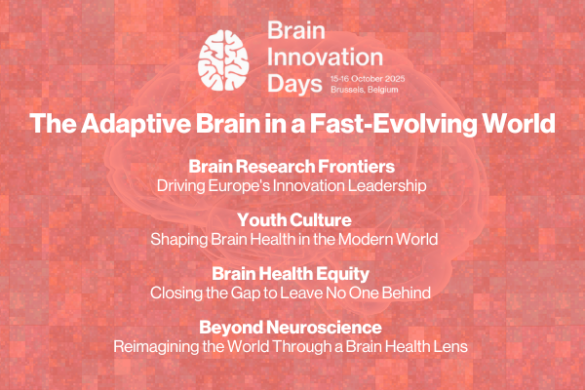The Editors have – together with the Scientific Committee – decided that new guideline papers will be presented in the Forum of NEUROPENEWS. In the March issue of the European Journal of Neurology and in Early View the EFNS Guidance for the preparation of neurological management guidelines – revised recommendations 2012 is published, and we highlight this important article by offering you the abstract. We asked the corresponding author Maurizio Leone for a short statement.
Abstract:
This paper is meant to provide guidance to anyone wishing to write a neurological guideline for diagnosis or treatment and is directed at the Scientist Panels and Task Forces of the EFNS. It substitutes the previous guidance paper from 2004. It contains several new aspects: the guidance is now based on a change of the grading system for evidence and for the resulting recommendations and has adopted the GRADE system (The Grading of Recommendations, Assessment, Development and Evaluation). The process of grading the quality of evidence and strength of recommendations can now be improved and made more transparent. The Task Forces embarking on the development of a guideline must now bring about more clarity and transparency of the choices about outcomes considered most relevent when searching the literature and evaluating their findings. Thus, the outcomes chosen will be more critical, more patient-oriented and easier to translate into simple recommendations. This paper also provides updated practical recommendations for planning a guideline Task Force within the framework of the EFNS. Finally, this paper hopes to find the approval also of the relevant bodies of our future organisation, the European Academy of Neurology.
Introduction by Maurizio Leone
The European Federation of Neurological Societies (EFNS) launched its guidelines programme in 1997. Since then, more than 70 guidelines have been published in the European Journal of Neurology and are collected in two books. EFNS guidelines are most popular among European neurologists now. As in other fields of clinical research, the methodology of guideline production has evolved over the last years. Some pitfalls in the grading systems have been increasingly recognized: the main problem was the lack of clarity, transparency, and uniformity in the whole process which often made unclear the path from a given level of evidence to a certain recommendation. This created some confusion and subsequent lack of communication. Furthermore the rating of recommendations was rather simplistic and automatically based only on the study design. This underestimates the possible information from observational studies which are still the majority in neurology. Also, other important aspects for clinical decision making such as the balance between advantages and disadvantages and patients’ preferences were understated.
A major advance in guideline methodology has been the approach proposed by the GRADE working group. GRADE stands for Grading of Recommendations Assessment, Development and Evaluation. The Group was established in 2000, including a large number of researchers, health professionals and methodologists, with the aim to create a homogeneous and transparent approach to guideline creation and reporting (http://www.gradeworkinggroup.org). They developed a new system for grading the quality of evidence and strength of recommendations that has now received widespread international acceptance. The GRADE system is based on a sequential assessment of the quality of evidence, followed by assessment of the balance between advantages and disadvantages and finally judgment about the strength of recommendations. Recommendations are graded into only two categories, strong and weak, either for or against a clinical decision. The major advantage of GRADE is that guideline developers must declare how agreement or disagreement is reached for each step involving a judgment.
The EFNS Scientific Committee realized a great variability of quality and uniformity of the previous guidelines and appointed an expert task force (Maurizio Leone, Michael Brainin, Paul Boon, Maura Pugliatti, Magdalena Keindl, and Claudio Bassetti) to set new standards for guidelines published by EFNS. The task force decided to adopt GRADE, consistent with other leading organizations. The new guidance for the preparation of neurological management guidelines is published in the March issue of the European Journal of Neurology. It provides the theoretical background for guideline production according to GRADE and practical information on how to prepare an EFNS guideline, including a step-by-step checklist. Guidelines will be produced by task forces appointed by the Scientific Committee including 6 to 12 members, and a patient advocate if feasible. Task forces should submit to the Scientific Committee a guideline structured protocol defining the clinical questions and outcomes to be considered. The guideline should be based on a systematic review of the evidence, either existent or appositely prepared by the task force. The completed guideline will be peer-reviewed and approved by the EFNS Scientific and Management Committees, and finally published on the EFNS website and in the European Journal of Neurology.
The new guidance for guidelines has been already presented to the heads of the EFNS Scientist Panels in two meetings held at the EFNS Head Office in Vienna. The EFNS Scientific Committee hopes that this will enhance the applicability and usefulness of practice guidelines for every-day practice.









